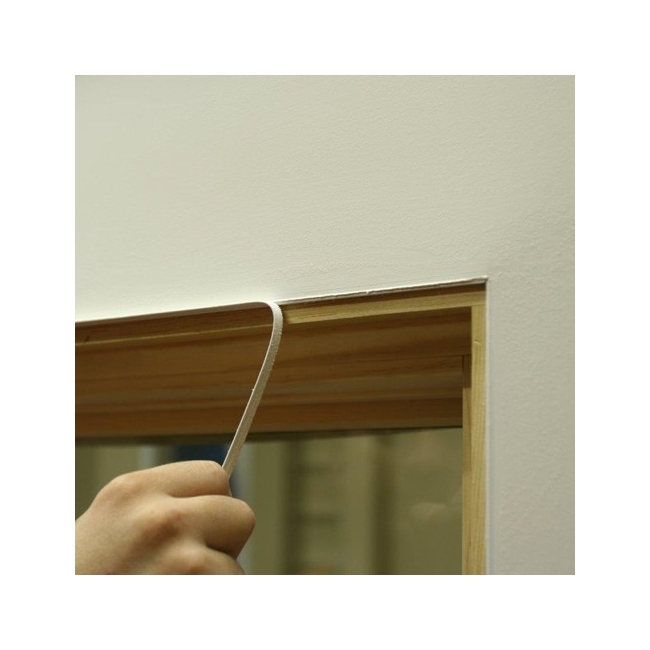We are renovating our house and we have a door in my office that is going to conceal a small bar. It's supposed to be hidden so we are planning on wallpapering over the door and using a push-to-open latch.
It's modeled after this design:
Anyway, the door is installed but the contractor is saying that we need to have door trim around it. Obviously having trim around it is going to make it pretty obvious that there is a door there, kind of spoiling the effect. He said we could wallpaper over the trim but that seems a bit odd too. Is there no way to seal up the gaps around the door with putty or joint compound or something to make it flush enough with the wall so that we can wallpaper over it?
Here is what the door currently looks like. Note that it was not supposed to have a hole for a knob so we are going to have that filled in.






